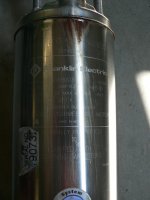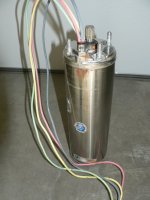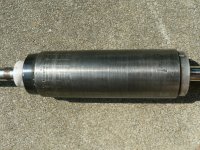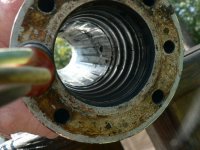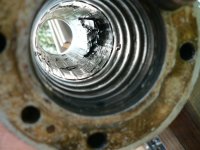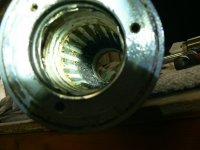TVL
Member
Well, my F&W 1 hp submersible pump motor has died after only 6 years. Short to ground!
Pump end is a F&W WITH a Franklin motor.
F&W now uses their own pump motor as well as pump end, BUT it is about double the price of an Franklin pump. It appears franklin now makes their own motor as well as pump end.
Would it be advisable to purchase a new F&W or take a chance with Franklin. OR, is it take a chance with any of the pump makers at this point?????
Pump end is a F&W WITH a Franklin motor.
F&W now uses their own pump motor as well as pump end, BUT it is about double the price of an Franklin pump. It appears franklin now makes their own motor as well as pump end.
Would it be advisable to purchase a new F&W or take a chance with Franklin. OR, is it take a chance with any of the pump makers at this point?????

